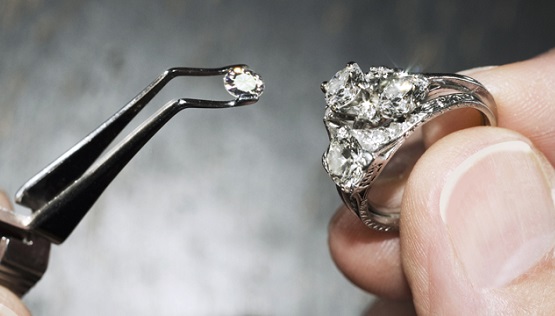- Home
- Home
-
Shop
-
Industries
- Processes
- Gases and Equipment
-
Services
-
Safety
-
Contact & Support
-
News & Media
- Agent Finder
Diamond grinding
The first diamonds were discovered in India, and these glittering stones were believed to have strong mystical powers. The light reflective properties of diamonds are just one element that makes them unique.
Grinding
New York and Antwerp are important grinding sites. Antwerp is the centre of the European diamond trade, which still has several grinders. Diamonds are also refined a lot in India and China, although not with the same craftsmanship as in Europe and the USA.
When making a diamond deal, the seller brings a bag of rough diamonds of different sizes to the abrasive quality assessor, who examines the diamonds to see what their quality is like. There are incredible price differences between the different qualities, which is why the first estimate is very important. A small window is sanded into the stone to see if there are any inclusions. Quality assessors are very important for grinders: you will buy a larger or smaller pig in a sack.
Diamond crystal is a double four-sided pyramid divided in half and then rounded into brilliant grinding, the most common form of grinding. It's the ideal crystal. Depending on how it has grown and distorted, it may be better to sand it into an elongated stone. The stone can have a strong inclusion in one part, in which case the grinding is adjusted accordingly.
The aim is to preserve the weight of the raw material as much as possible while making as good-quality stones as possible. The impurities of the stone greatly reduce the value of the diamond. Inclusions are usually caused by nitrogen atoms and iron oozing into the stone, causing brown or black spots. The most common form of grinding, the brilliant, has 57 entities – 33 above and 24 below.
The stones are graded and evaluated on the basis of four different characteristics, diamond 4C. Carats, which describe weight, brightness (Clarity) describes cleanliness, color (Color) is diamond color and cut (Cut) describes grinding.
The large, larger, largest
Known Hope diamond has 45.52 carats and is stored at the Smithsonian Institute in Washington, D.C. Koh-i-noor, the world's most fabled diamond, is 108.93 carats! It originally belonged to India, but the British took over the diamond when they conquered Punjab in 1849.
1 carat corresponds to 0.2 grams. The carat unit comes from the fruits of the locust bean. The seeds of these were previously used as a weight measure in trade. They weigh 0.2 grams. Today, a 1-carat diamond costs about 10,000 euros.
